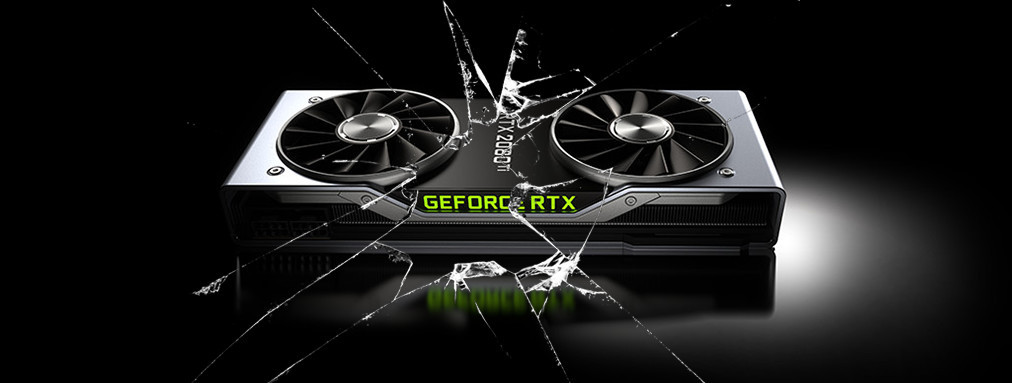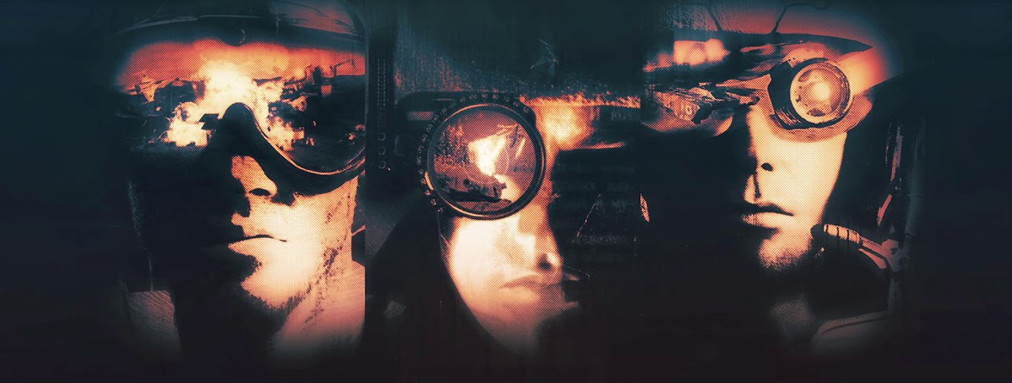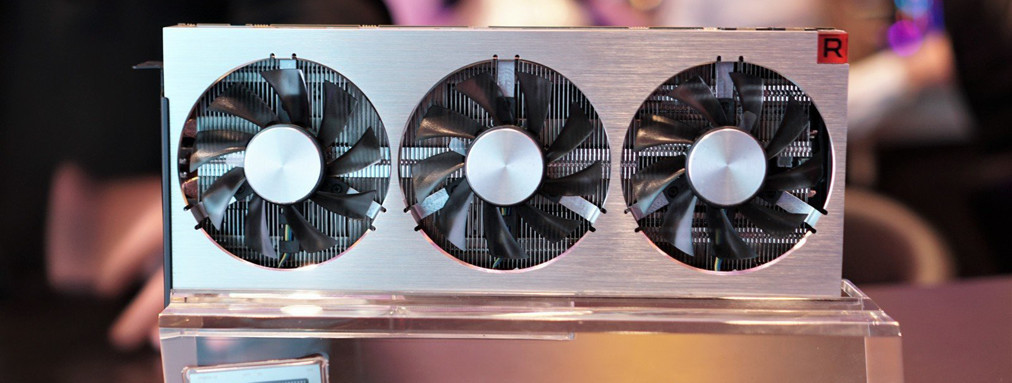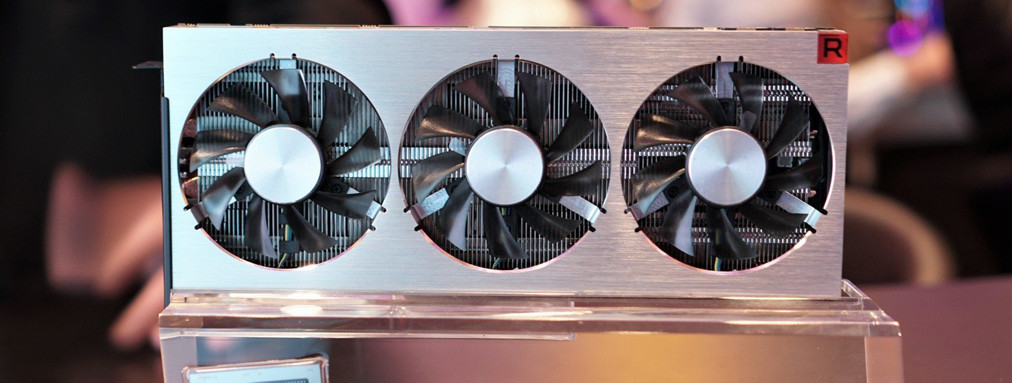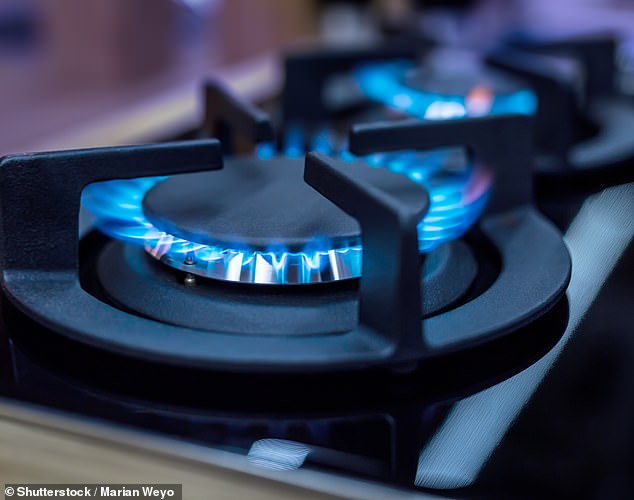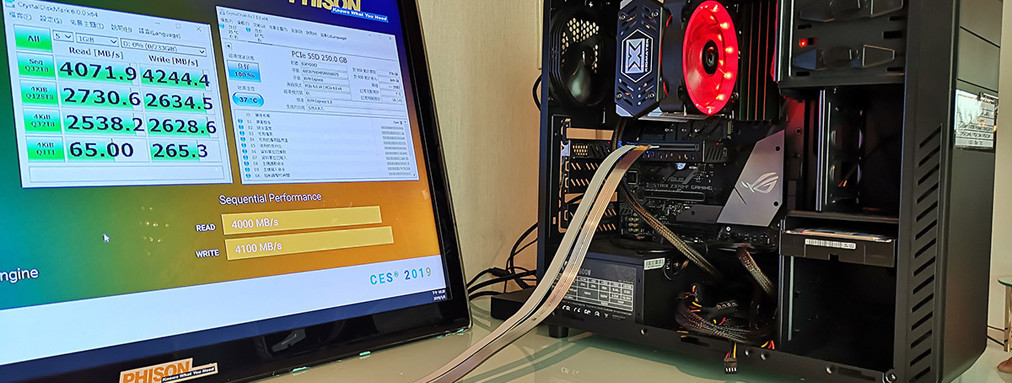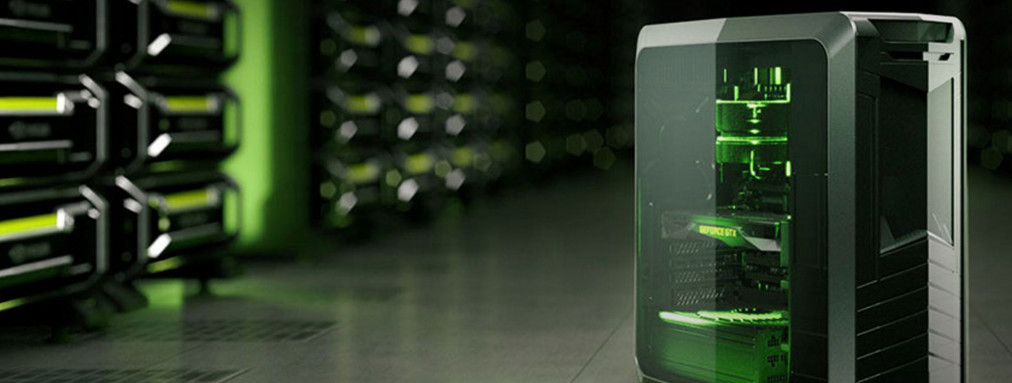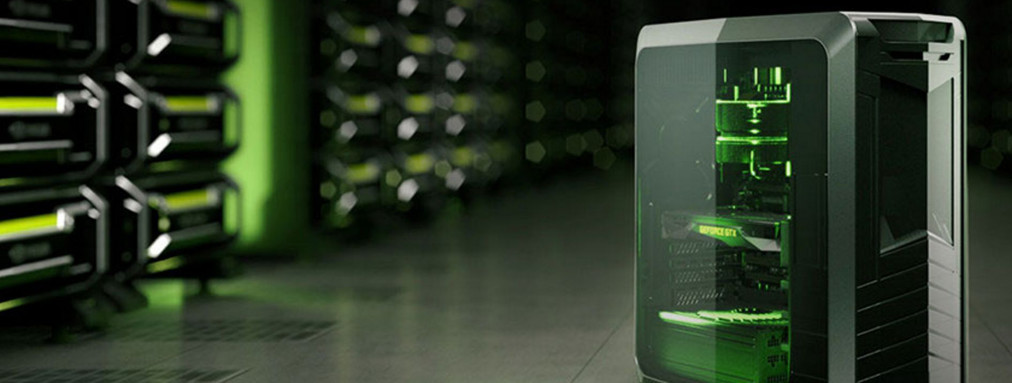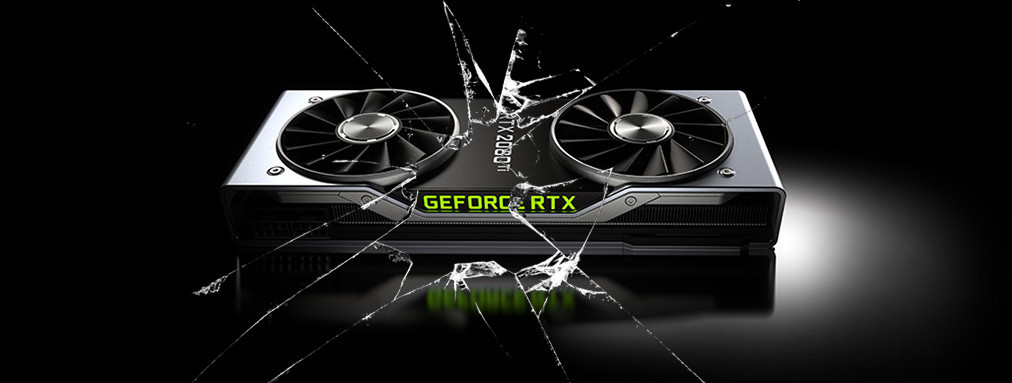
UPDATE: Having brushed it off as a perfectly normal issue a fortnight ago, Nvidia has confirmed there is an issue with an early batch of GeForce RTX 2080 Ti Founders Edition graphics cards.
In a statement on the Nvidia forums, Tim@Nvidia said “Limited test escapes from early boards caused the issues some customers have experience with RTX 2080 Ti Founders Edition. We stand ready to help any customers who are experiencing problems.
“Please visit www.nvidia.com/support to chat live with the Nvidia tech support team (or to send us an email” and we’ll take care of it.”
The fault in question is causing visual artefacts, blue screens of death, and even total failure of the hardware. A number have theorised it may be to do with overheating GDDR6 memory, although Nvidia hasn’t officially confirmed this.
It’s also worth mentioning that Nvidia believes this issue is restricted to Founders Edition owners, meaning AIB partner boards aren’t affected. There have been reports of RMA’d AIB RTX 2080 Ti’s though. This may be connected or it could be the usual fault rate that is expected with hardware such as this.
For any of you folks fortunate enough to have an RTX 2080 Ti, have you noticed any significant issues? For everyone else, does this make you worry about splashing out on Nvidia’s top-end GPU? Let us know!
Original Story: 01-Nov-2018 – Widespread Reports of GeForce RTX 2080 Ti Graphics Cards Breaking and Causing BSOD
There are now widespread reports of Nvidia Geforce RTX 2080 Ti graphics cards dying, just weeks after the top-end graphics cards officially launched. Nvidia’s official support forums and Reddit have been flooded by a number of users claiming their RTX 2080 Ti GPUs are artifacting, crashing, causing blue screens of death, and even just completely failing to work.
Some users have said degradation is occurring over a number of days or weeks, and it doesn’t appear as if the issue is tied into overclocking or otherwise stressing the cards outside of its usual means.
Right now over on the Nvidia forums, RTX owners are busy sharing partial serial numbers in order to determine whether there’s any particular link between those affected. It goes without saying but obviously, if you are affected, don’t share your entire serial number online. Based on the discussions though, it would appear the issue isn’t exclusive to the RTX 2080 Ti Founders Editions; some folks AIB versions are also encountering issues. There may even be a link with poor cooling solutions. Cheaper AIB partner cards with budget cooling seem to be the most affected. However, being cheaper, it may just mean more folks are buying up the cheap models and throwing off these results.
Over on Tom’s Hardware Germany, they’ve hypothesized it could be an issue with the GeForce RTX 2080 Ti’s GDDR6 memory. They’ve used infrared imaging to take a look at the RTX 2080 Ti and discovered the Micron GDDR6 packages are peaking at over 100C, which is behind the maximum safe temperature of 95C touted by Micron itself. This could definitely be a root cause of the problem, and it would become a bigger issue if a graphics card is powered up for a long time and under a heavy load.
The worry here would be that all Nvidia RTX 20 Series graphics cards currently available all use GDDR6 memory. In theory, the RTX 2080 Ti will be the hottest of the bunch, but if this is a genuine issue, it could also become problematic lower down the chain.
Nvidia provided a very boilerplate response to Tom’s Hardware saying “it’s not broad” and “it’s not an increasing number of users,” but that Nvidia would be “working with each user individually like we do always.”
Resident GD’er Xquatrox originally brought this up a couple of days ago, but it’s difficult to ascertain just how widespread this issue is or whether it’s just the typical RMA numbers you’d expect from any hardware launch. Those having problems will undoubtedly be making the most noise about it. For his part, Xquatrox has a pair of RTX 2080 Ti’s and says he’s “done rendering and gaming on mine and they’ve been running pretty much 24/7 since I got them (5th of October) and no issues besides a random fan rattle.” If anyone else is using an RTX 2080 Ti, or any Geforce RTX card for that matter, do be sure to let us know how it’s holding up in the comments below.
It’s definitely too early to make judgments on this one without concrete numbers. There are likely to be hundreds of thousands, if not millions of these graphics cards out in the wild. If it’s just a few hundred RTX 2080 Ti’s with manufacturing issues then it’s practically a non-issue. However, the worst-case scenario could see Nvidia eating up a heck of a lot of costs in replacing broken graphics cards.
If you’ve got an RTX graphics card, let us know how it’s holding up!
